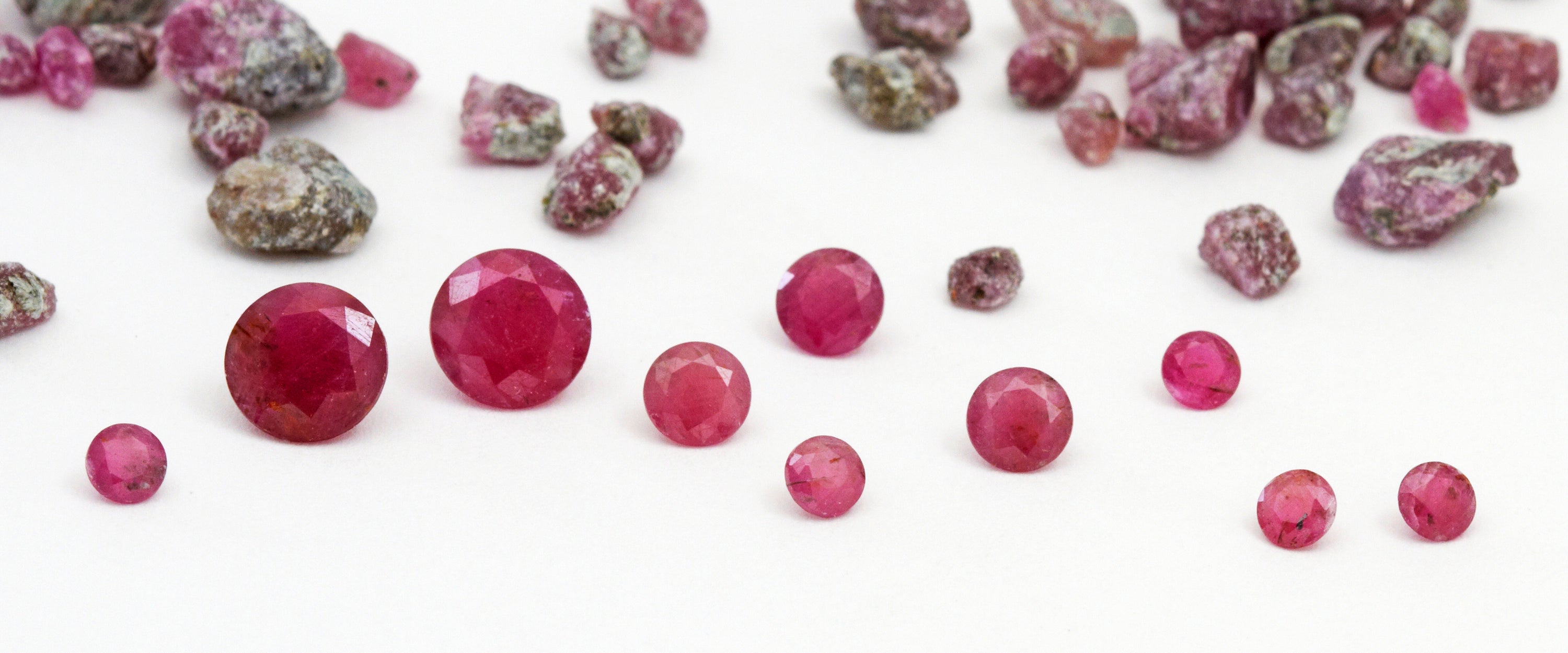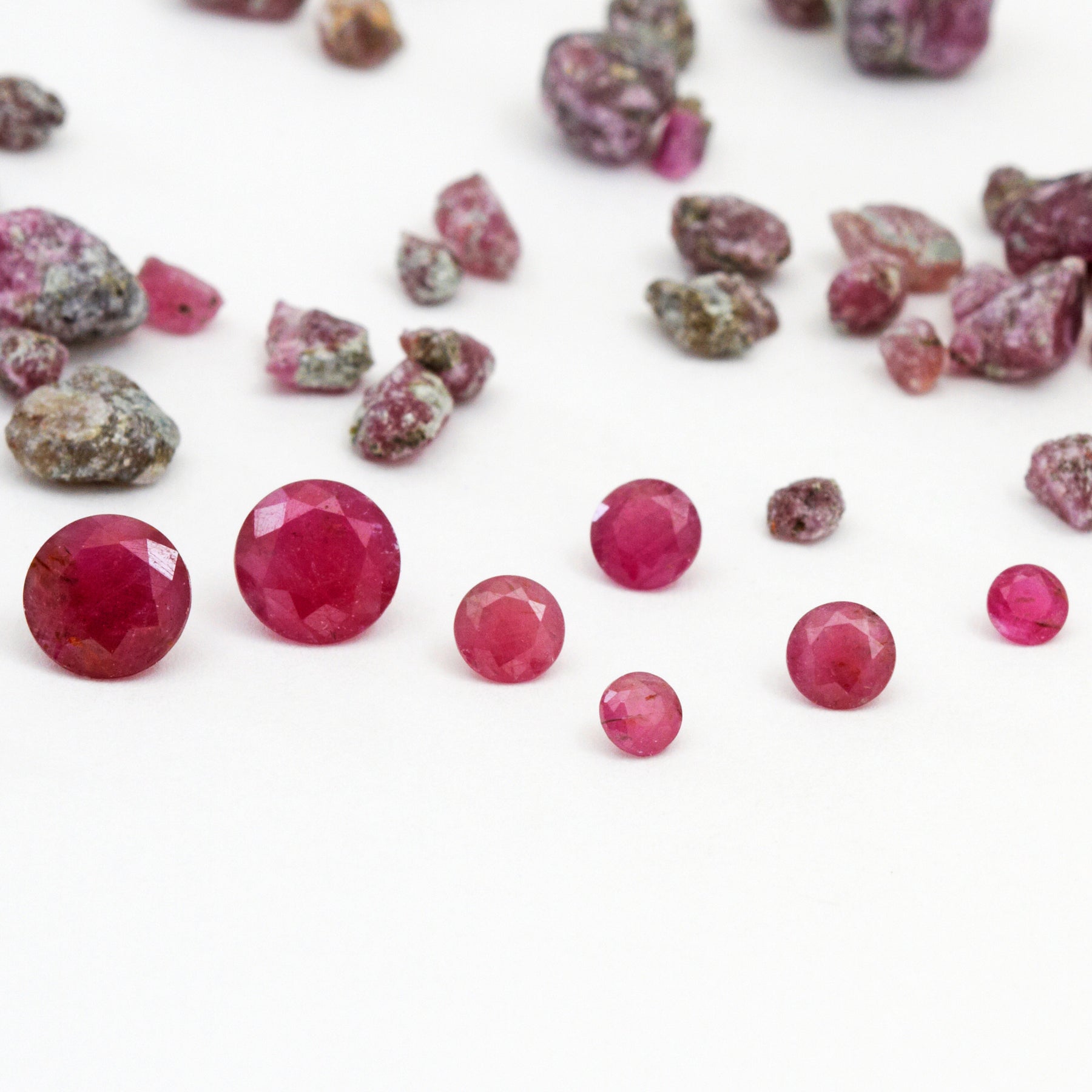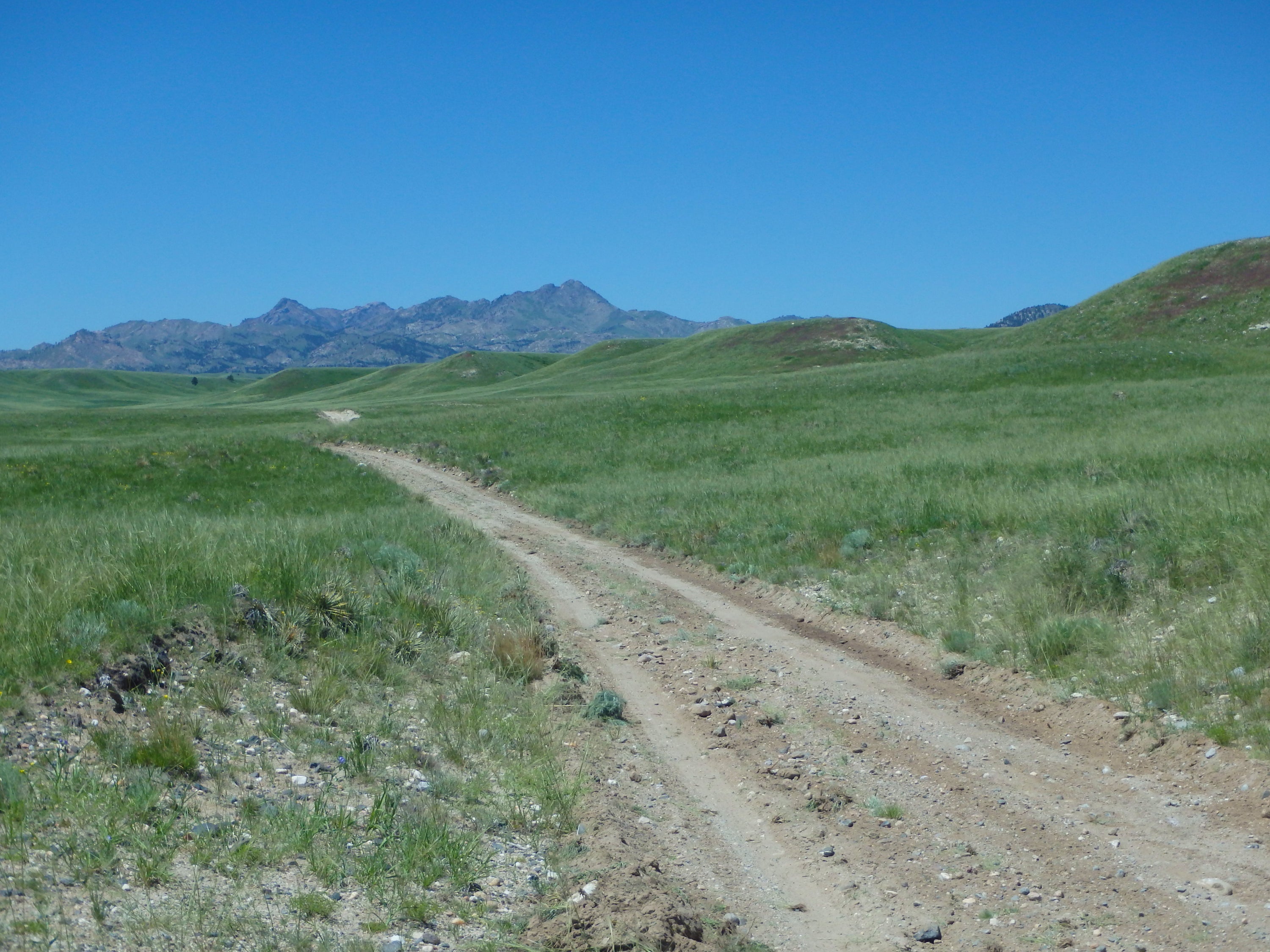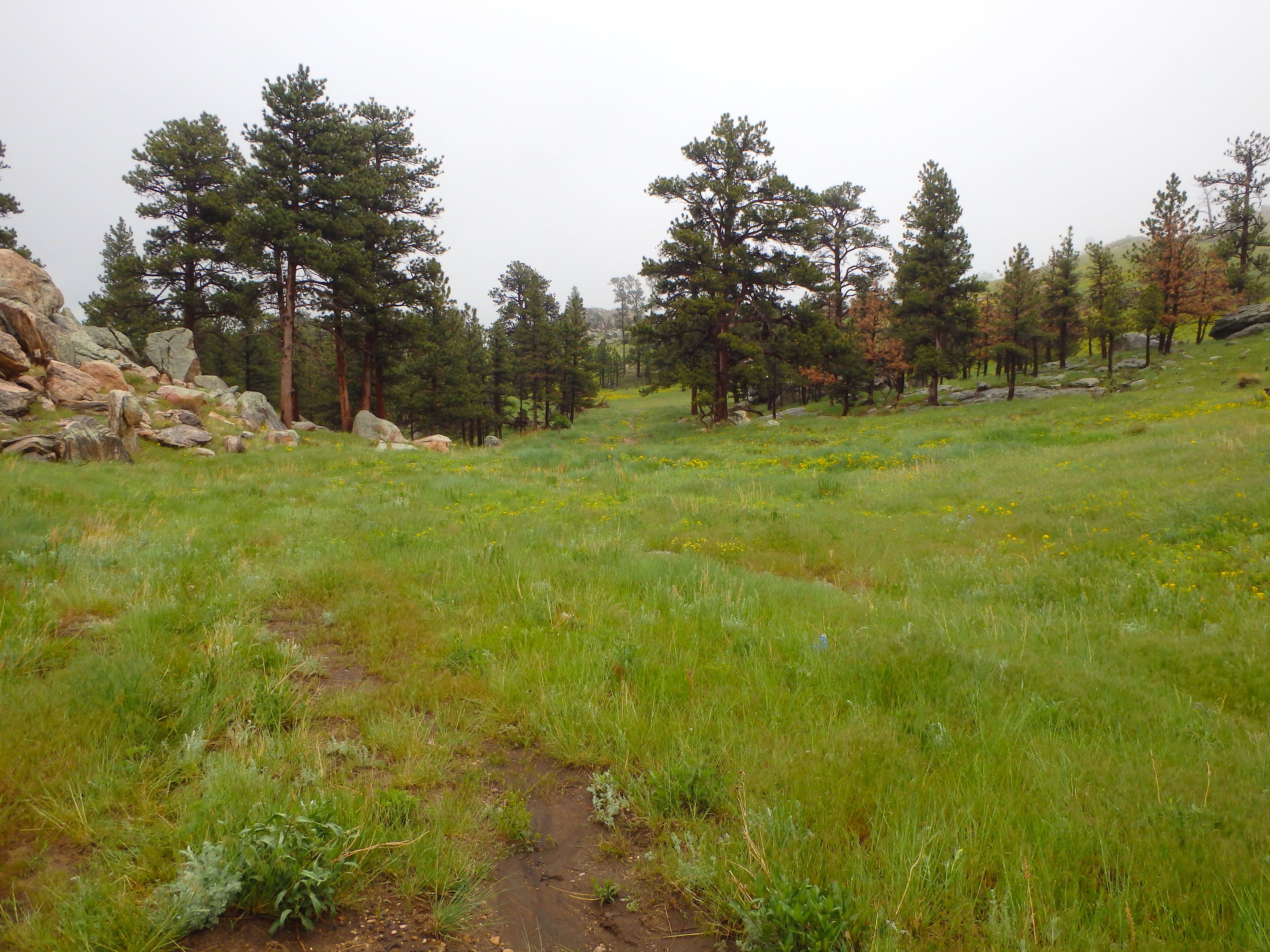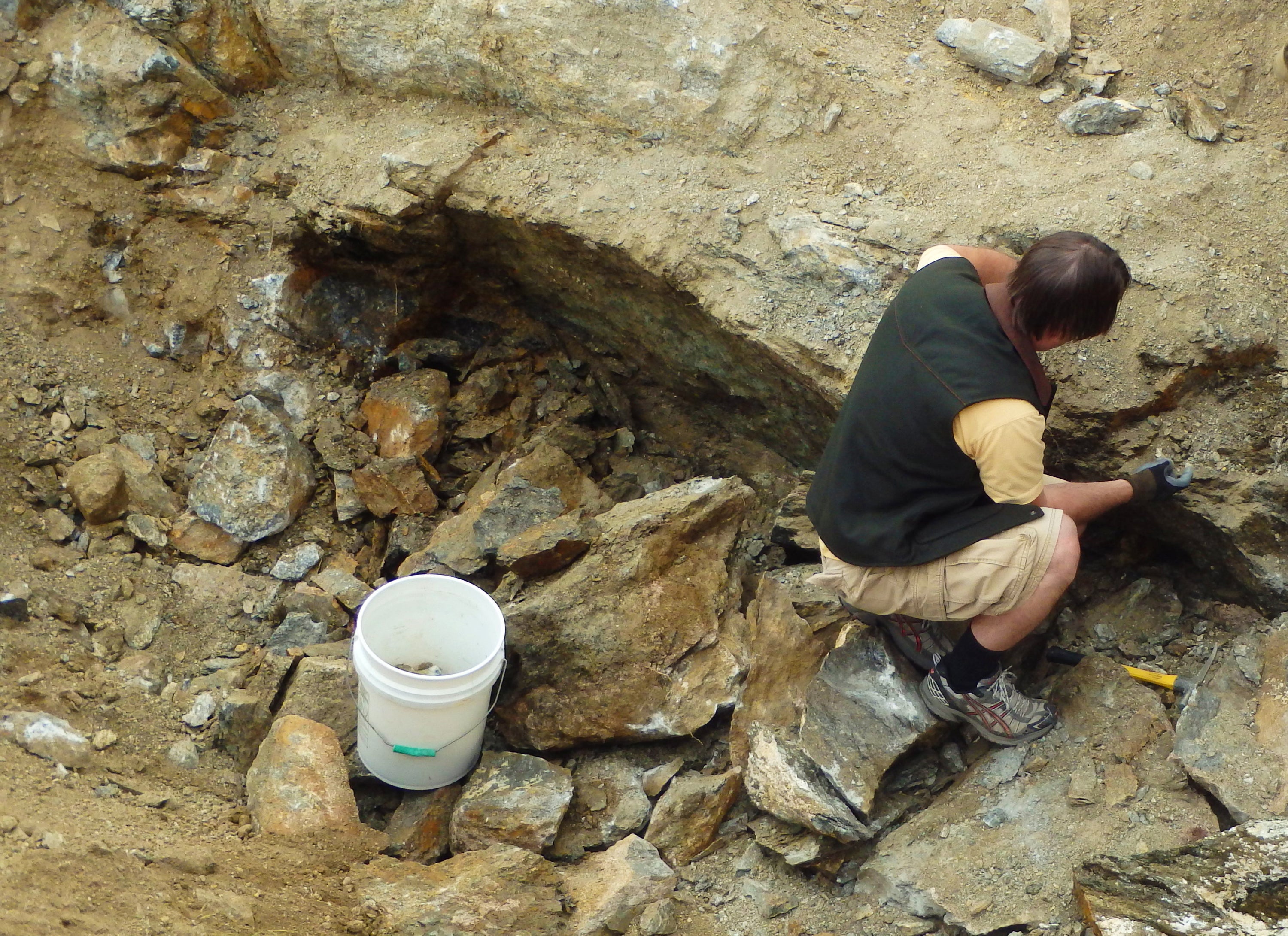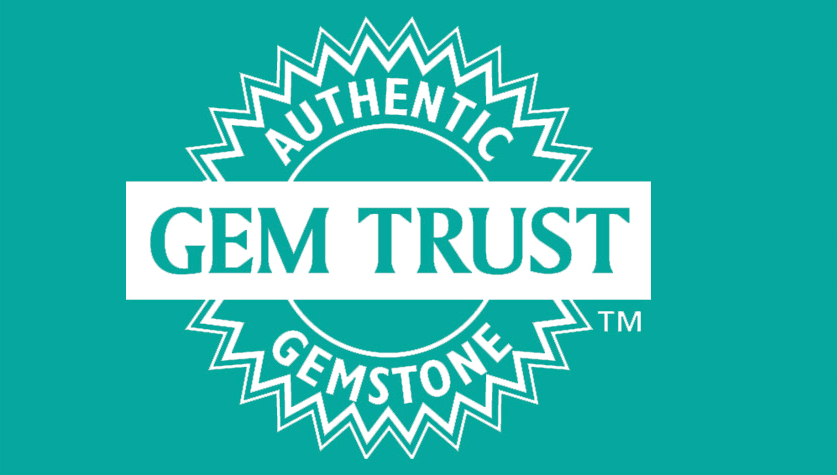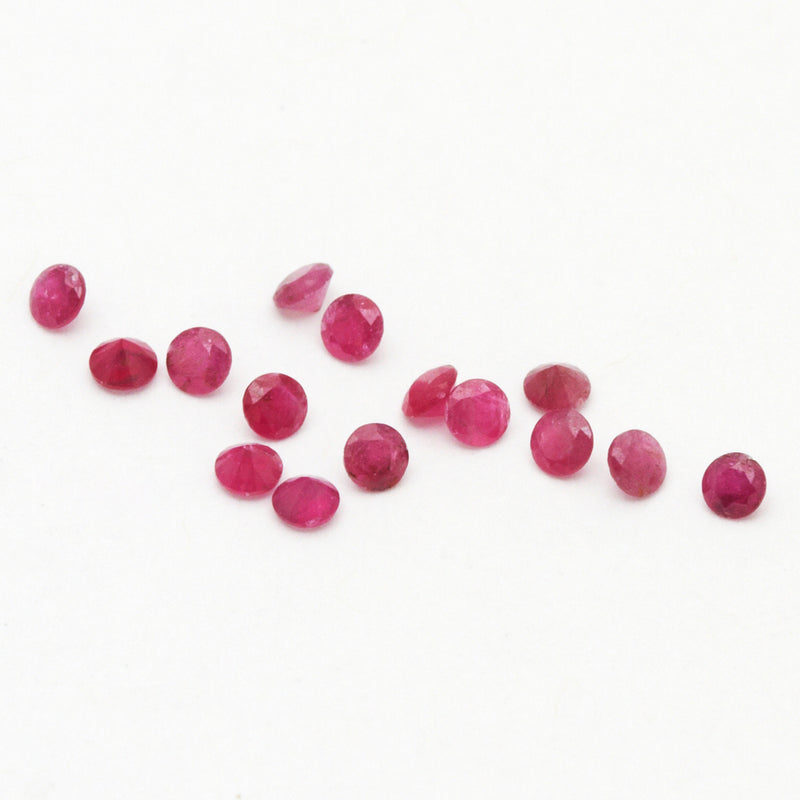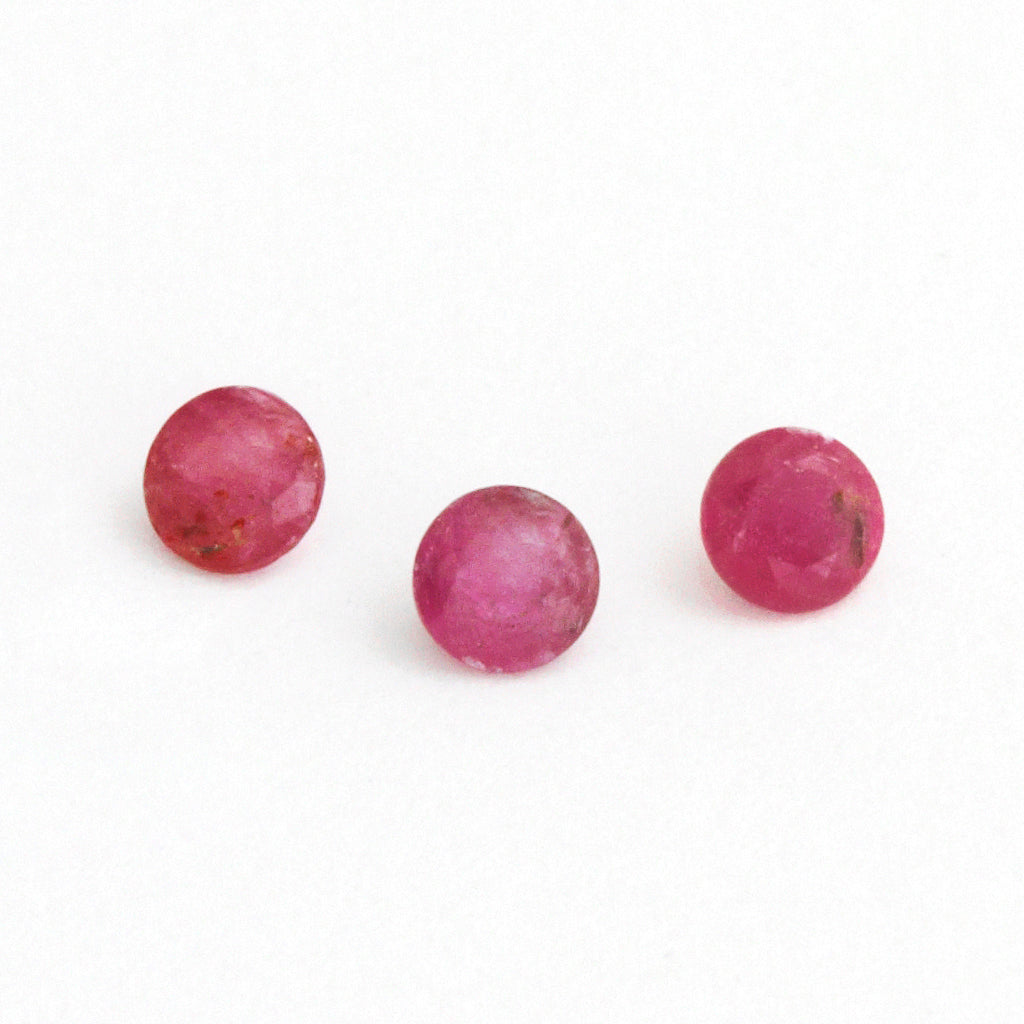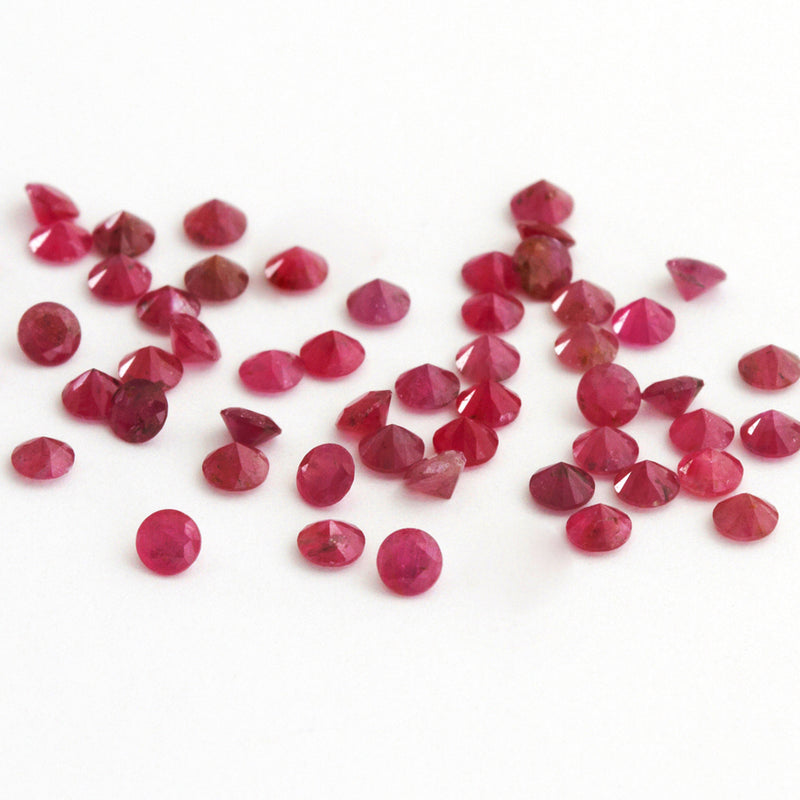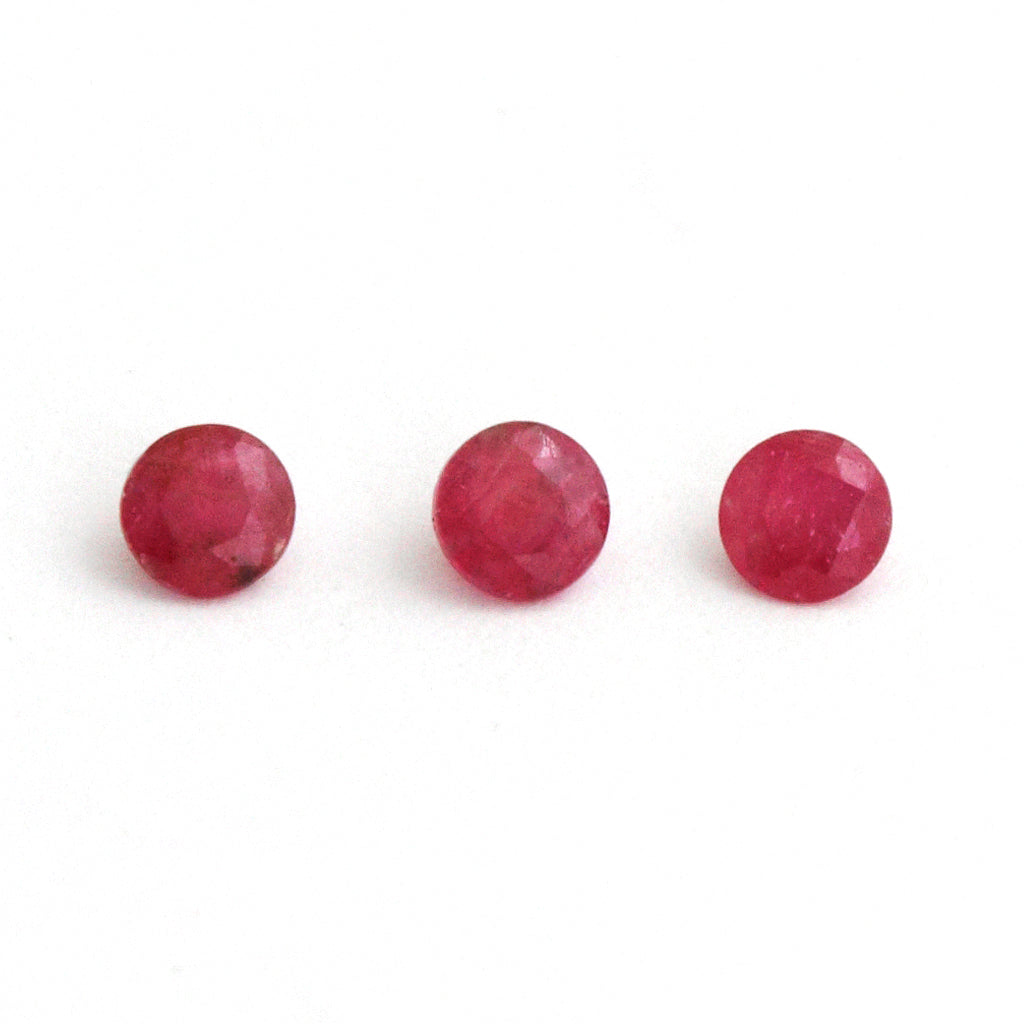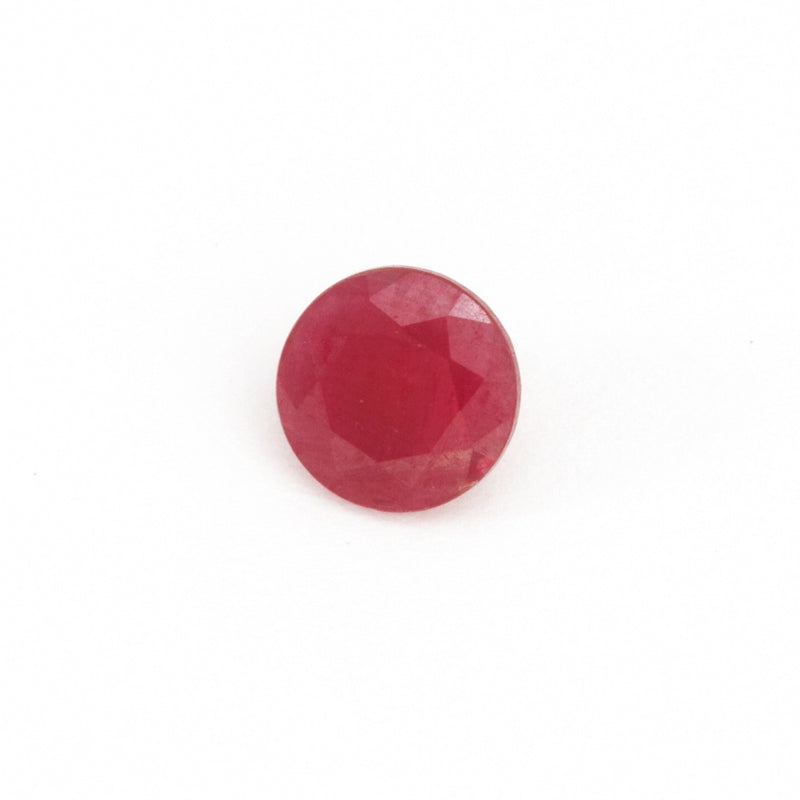Can you tell us a little about the source of this material?
Ruby is found in various locations around the world but there is only one place in the Americas where it is produced: Wyoming. The mine is known as the Rodeo Queen Mine, the only ruby deposit location in the western hemisphere and located in the eastern foothills of the Rocky Mountains. These hills present a jagged terrain, a landscape covered in grass and broken Ponderosa Pine forests. While the mine is surrounded by giant rock monoliths protruding from the earth (at a staggering 75-degree angle no less!), the mining site itself lies on a flat bench formation where small scale mechanical mining is done. If you sit at the mine and gaze to the east, you will see the sunrise over the vast parries of Nebraska and South Dakota. We even had the privilege of naming this mine and gave the name ‘Rodeo Queen’ because of its location just northwest of Cheyenne, Wyoming where one of America’s most famous rodeos takes place every year.
The Rodeo Queen Mine produces very red gems, nearly opaque in color. These rubies manifest the energy of the rugged terrain surrounding the mine and display the earthy imperfections that make them so unique. While these do not fall into what would be consideredtop gem quality, this material still cuts a beautiful American-sourced gemstone.
The ruby found in this mine is still embedded in a host rock, which is a soft mica shist. When you look at the mica walls and boulders, you can see veins of small ruby crystals running through them. The rubies are usually round in shape and while the mica boulders that house them are soft, the crystals themselves are tough – almost as if they feed off the host rock to form. A small excavator is used to pull out basketball size chunks of black mica, then those boulders are crushed down to 1-2 inch sized pieces. These pieces are then put into a tumbler that breaks down the mica, resulting in a thick sparkly mica sludge, with ruby crystals settling at the bottom. It is these ruby crystals that we cut into the finished gems.
All the mining is done by two or three people with a mechanical excavator to unearth the mica that produces the ruby crystals. After the ore is removed, the underbrush and topsoil are returned. The area is contoured to fit back with the landscape. It is interesting to watch because the excavator operator is digging ahead and filling in behind as it mines along.

